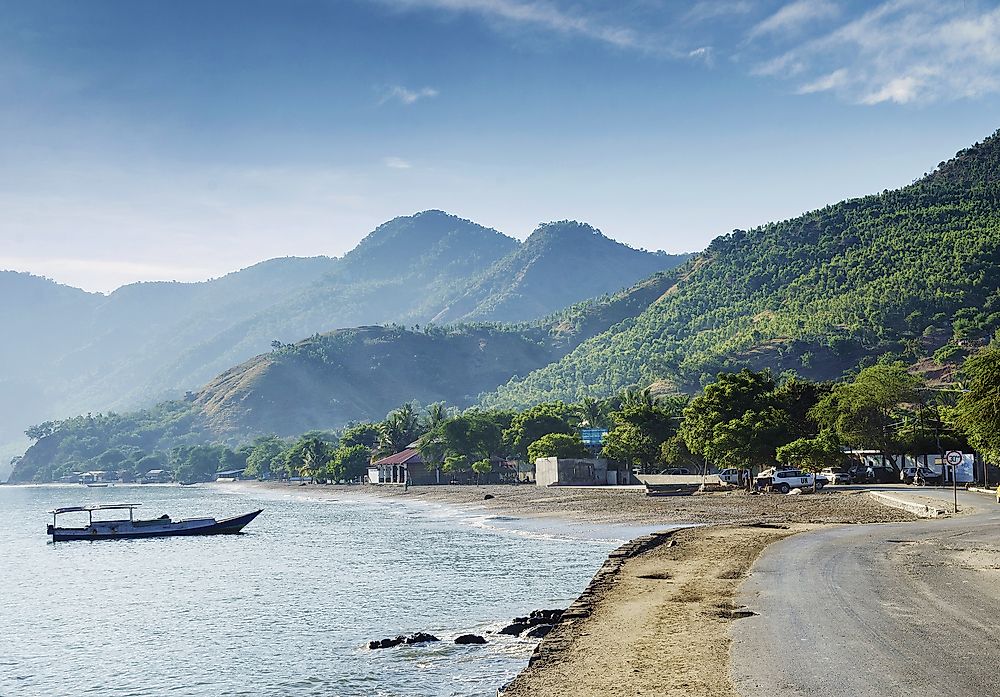What Languages Are Spoken In Timor-Leste?

Both Austronesian and Papuan languages are spoken in Timor-Leste (East Timor). The native language spoken in Timor Leste is known as Tetum. It is influenced by the Portuguese and both of these together comprise the official languages of the nation. The languages have a geographical as well as colonial influence. For example, the country’s name can literally be translated as “East East” because the words Timor and Leste mean east.
History
The recorded history of the languages began with the Portuguese colonial rule. Tetum was the language of the indigenous people of Timor Leste. However, under the colonial rule, the medium of education became overwhelmingly Portuguese. This change had further influence when the local dialects of Tetum in the urban centers (Tetun Prasa) started showing a stark difference from that spoken in the rural regions (Tetun Terik). The languages were further influenced under the Indonesian rule. Following the independence and a period of indecisiveness, Portuguese was adopted alongside Tetum as the official and working language of the country.
Indigenous Languages
Besides the official languages, there are many other languages spoken by the indigenous people of East Timor. These include Bekais, Bunak, Galoli, Habun, Idalaka, Kawaimina, Kemak, Lovaia, Makalero, Makasae, Mambai, Tokodede, and Wetarese. Bekais and Kemak are spoken along the border regions of East and West Timor, whereas Bunak, Habu, and Makasae are spoken in the central region. Mambai is spoken by the Mambai people which form the second largest ethnic group in the country. Tokodede is spoken in the North West part, whereas Galoli is spoken in the northern coastal region. Maku’va, Makalero, and Wetarese are spoken in the eastern region of the country.
The Maku’va language is almost extinct and is believed to be spoken by less than 100 people. Almost all the indigenous languages belong to the Austronesian language family with Makalero, Fataluku, Bunak and Makasae being the only Trans-New Guinean languages. Tetum is the most popular language spoken by more than half the population and belongs to an exclusive Tetum-based creole language family.
Future of Language Diversity
The future of the various languages belongs to the young population of East Timor. The youth protested the adoption of Portuguese as the official language because that put them at a disadvantage when it came to various socioeconomic opportunities. This continues to be an issue but with the passage of time, the Portuguese language’s influence continues to wane.
Despite having a population of just over a million inhabitants, Timor Leste boasts lingual diversity across the country. The reason for such diversity is the fiercely protective nature of the tribes and indigenous people in the various geographical regions. Another important aspect to note is the influence of the colonial and ruling class. Though Portuguese is not widely spoken in the region now, it has influenced many languages and their dialects. Tetum continues to be the most widely spoken language. Several languages in the region are on the verge of extinction though and preservation efforts must be undertaken soon enough so that these are not forgotten in the annals of history.











